25 Strange Facts About Wedding Traditions
It is inevitable that everyone on earth, no matter their cultural background
or geographical location, will attend at least one wedding during their
lifetime. This could be your own ceremony or a childhood friend's wedding. You
may need to assume the role of maid of honor, best man, or any vacant positions
in the wedding
party if needed. Weddings are in no way reserved for just young
couples who decide to make a go of it. Weddings transpire everyday between
divorced people who, after happily finding each other at pivotal points in their
lives, prepare themselves for a fresh start (romantically that is).
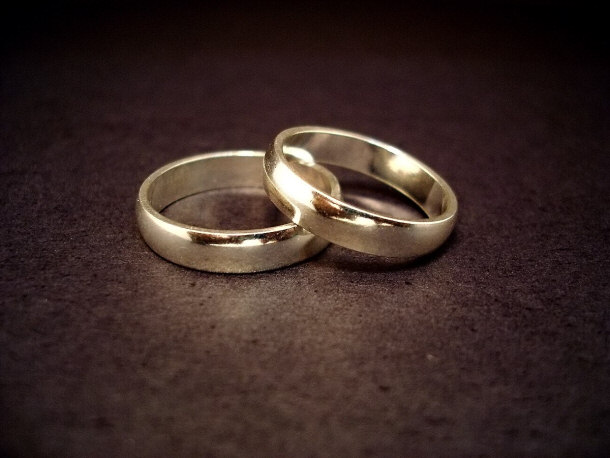
By Jeff Belmonte
via Wikimedia Commons
The best way to close the book on a toxic relationship ending in dissolution
(divorce), is to whole-heartedly pursue the new romance with all you've got. The
wedding and second marriage serve as a symbolic desertion of any and all past
romances, giving many another chance at romantic love. The new marriage comes
complete with endless possibilities and a future that is unwritten.
In the United States, many middle-aged married couples find that the summer
months bring more and more invitations for weddings. An RSVP for a wedding ceremony will require travel arrangements
(most likely budgeted for in advance), additional dry cleaning fees, setting aside a budget for new dress
clothes, and most importantly is the
matter of what gift will adorn the gift table.
In India Where the Dowry System is Implemented, There are Very Specific Rules
Dictating Who Can Give What to Whom:
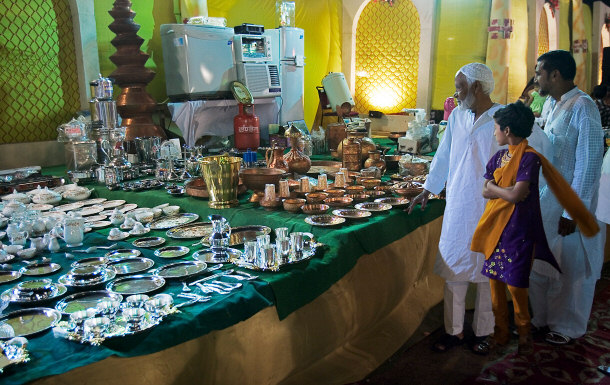
By Jorge Royan
via Wikimedia Commons
A common practice in many countries is to have the future newlyweds register
at their favorite retail stores with something called a gift registry. Wedding
guests select from a list of approved retail items chosen months earlier by the
couple. This list is referred to as a gift registry, a practice commonly used
for baby showers, retirement parties, and birthdays.
Beginning a life together is a daunting challenge. Some argue that meeting
the financial responsibilities your partner expects you to fulfill is just as
vital to a relationship as love. Without a stable cash-flow, the most passionate
romances often burn out way too quickly and what remains is hostility, contempt,
and anger. Often partners are forced to take a hard look at the way they are
actually living, compared to how they perceive themselves to be. Many newlyweds
accrue large sums of debt associated with their newly mandated living expenses
in just a few years. Large financial responsibilities like mortgages, car
payments, insurances premium payments of all types, and attempting to budget as
the couple figures out how to make their romantic life work for them.
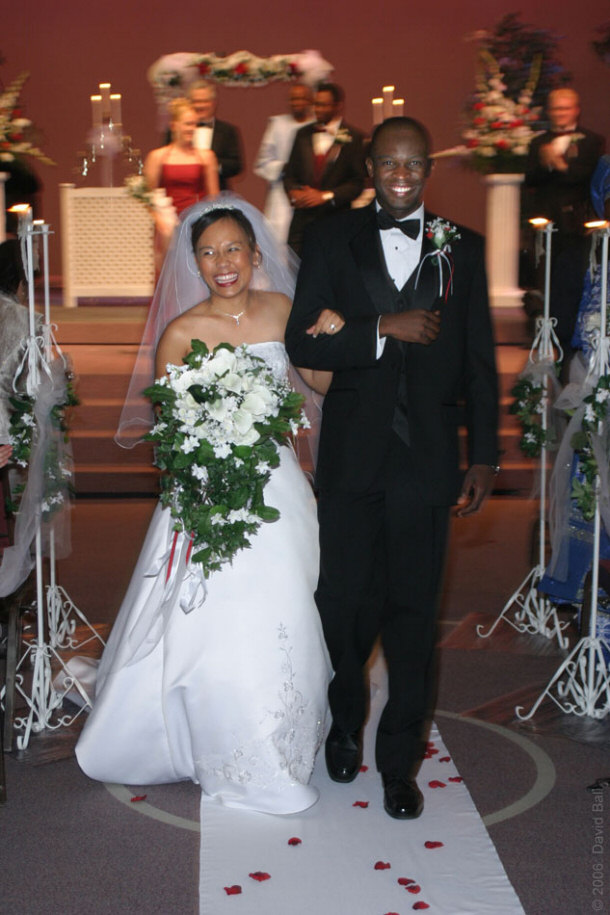
By David Ball.Mactographer
via Wikimedia Commons
A suggestion as far as gift choices go: Do not buy your newlyweds junk from a
retail store but rather simplify your life and theirs with a congratulatory card
with a wedding theme. Inside the card figure out what dollar amount you are
comfortable parting with and use cash if possible, but checks are also
acceptable.

By Jericho
via Wikimedia Commons
Weddings in ancient times had very little to do with love and had much to do
with military and governmental alliances between countries, within countries,
and as a bartering tool that helped foster business relationships between
families. The early French, Spanish, and English monarchies were notorious for
promising any offspring who were not in direct line to the crown in an attempt
to help foster international relations. Western wedding traditions
are rooted in the ceremonies of various cultures and although the motives for
marriage have drastically changed for your average person, the sentiment
associated with marriage endures.
25) Wedding Cakes Date Back to Roman Times
Symbolically, a wedding cake represents fertility and good luck. The
bread-like dessert, which has been part of the wedding ceremony since Roman
times, was initially presented in the form of a small bun rather than an
elaborate cake. The bun was held above the bride’s head and broken at the
conclusion of the celebration. Throughout the Middle Ages, the tradition
continued with small cakes, instead of buns, used at the event. The newly
married couple, during that time period, kissed over the baked dessert.
Colorful Three Tiered Wedding Cake:
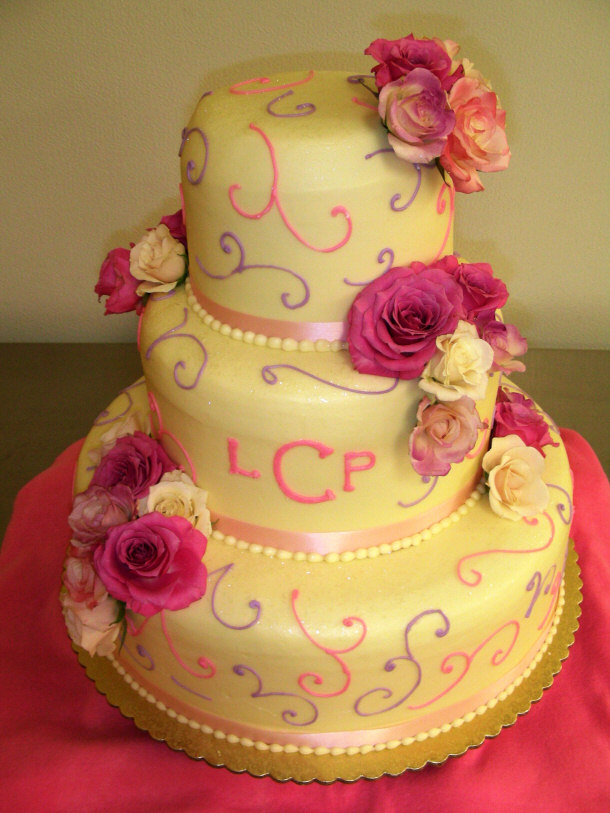
By tracyhunter
via Wikimedia Commons
24) Tying the
Knot Comes from An Ancient Babylonian Ritual
The reference to “tying the knot,” as it relates to getting married, dates
back to an ancient Babylonian tradition. During a wedding ceremony, a bride and
groom would literally tie their clothes together, thereby representing their
union and devotion to each other. Since then, many other cultures have embraced
the ceremonial practice of knotting or “typing the knot” to show a couple’s
commitment.

23) Shoes Were Powerful Symbols During Biblical Times
Back in Biblical Times, shoes were regarded as a symbol of authority as they
elevated a person from the ground, thereby distinguishing him from the slaves
and serfs. As a result, shoes were commonly used as a symbol for transacting
business-type agreements. Whenever a man’s daughter got married then, he would
give his new son-in-law a pair of shoes to show that he was transferring the
authority he had over his daughter to her new husband.
Prada Shoes:

By Warburg
via Wikimedia Commons
22) Kissing a Chimney Sweep Once Was Considered Good Luck
During the Victorian era in Great Britain, it was considered good luck for
the bride to kiss a chimney sweep. Doing so, it was believed, ensured that any
evil spirits lurking in the bride and groom’s home would be swept away when the
sweep next cleaned out the chimney.
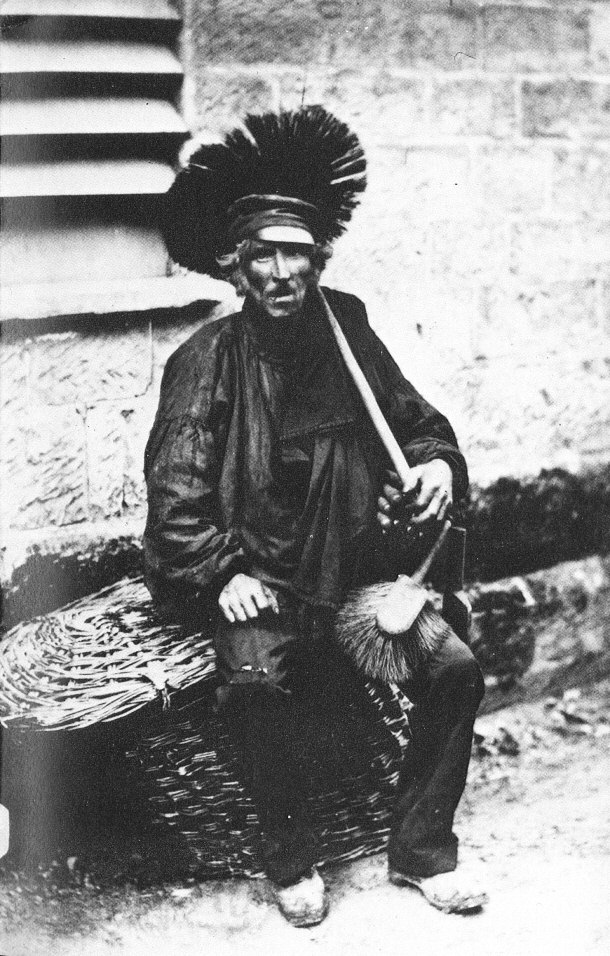
21) Mock Battles Are a Common Tradition before Some Weddings
In a number of countries throughout the world, it is a long held tradition
that a groom’s friends and/or family are to jokingly keep him from getting
married by whatever means they deem necessary. In Thailand, for example, it’s
common for the groom to find his bride’s house blocked off, and the doors locked
and/or barricaded. The groom then has to plead, and frequently pays a fee, in
order to enter the house and get married.
King's Standard of Thailand:

20) A Yellow Dress Can Symbolize Intentions of Adultery
Not that dress color means much nowadays—at least not in the Western
culture—but the hue of a bride’s gown can say (or at least symbolize) a lot
about the bride in other cultures. While a white dress traditionally symbolizes
purity or virginity, a yellow dress makes an equally striking, though totally
different, statement in some countries. In some locales, the color yellow is a
symbol, if not a warning, of infidelity. Interestingly, in Eastern cultures,
white dresses represent mourning so they are almost never worn for wedding
ceremonies.
Prescribed Punishment for Adultery Involving Cane Lashings:

19) The Term “Honeymoon” Probably is Derived From a Teutonic Tradition
Although there is some debate about the origins of the word “honeymoon,” a
number of scholars believe that the word originates from a practice of the
Teutonic culture, where a newly married couple retreated to a hideaway and
consumed a the drink known as hydromel – a mixture of water and fermented honey.
The couple would remain in seclusion for 30 days.
Trained to Serve Illustration by Gregor for
Bizarre Honeymoon Published in 1950:

18) The Color Green is Believed to Be Cursed
Traditionally, the color green is not worn during Scottish weddings as the
tint has superstitious connotations connected with it. Green is regarded as the
color of fairies and the use of it in weddings then is considered to represent
malevolence towards the sprites. Even the consumption of green vegetables is not
permitted at a wedding in Scotland as it is considered to be bad luck.

By Nevit Dilmen
via Wikimedia Commons
17) The Superstition of Seeing a Bride before The Wedding Probably Relates to
Arranged Marriages
Arranged marriages, it seems, are the reason it’s bad luck for a groom to see
his bride before she walks down the aisle. Because of the business-like nature
of the union, the parents who arranged the marriage were often concerned that
the groom might run away when he saw his bride.

By Luchoang nguyen
via Wikimedia Commons
Some historians suggest that seeing the bride before the ceremony was, in
some cultures, like seeing into the future. Because many cultures regard fortune
telling as a black art, it was thought by some that a groom who saw his bride
before the event might inadvertently curse the union if he wasn’t pleased.
16) Wedding Bells Were Believed to Scare Off Evil Spirits
Nowadays, wedding bells are a happy symbol of marriage because they announce,
if not declare, a couple’s love for one another. Traditionally, however, the
sounding of wedding bells during a marriage ceremony served to scare off evil
spirits, or any invisible entities set on destroying a couple’s happiness.

By Bernard Gagnon
via Wikimedia Commons
The loud chiming of the bells then either warded off the spirits or at least
confused them. In ancient times, any loud noises made at a wedding—whether
produced by bells or another means—was a standard practice.
15) Slaves Could Not Vow to Honor Their Partner “Until Death Do Us Part”
During the period of slavery in the U.S, any wedding that involved two slaves
could not include vows between the pair that pledged their commitment to each
other until they were parted by death. During that time period, the promise was
omitted as slave owners had the legal authority to separate married slaves.

14) Bachelor Parties Date Back to The 5th Century
Although there is some debate about the origins of the stag or bachelor
party, it is widely believed that the practice dates back to the 5th century in
Sparta. At that time, soldiers would celebrate their upcoming nuptials with a
grand feast before the wedding day. The event was compared with the merrymaking
that took place the night before a warrior went into battle.
Man in Sweden Dressed in a Mankini at his Own Bachelor Party:

By Achird
via Wikimedia Commons
13) Old Men Once Were Used in Place of Invitations
In England, back when a good majority of the population could not read,
people would be invited to weddings by individuals who were known as “bidders.”
Elderly men usually took the job, which entailed announcing the upcoming wedding
to passersby along with the relevant details associated with the event.
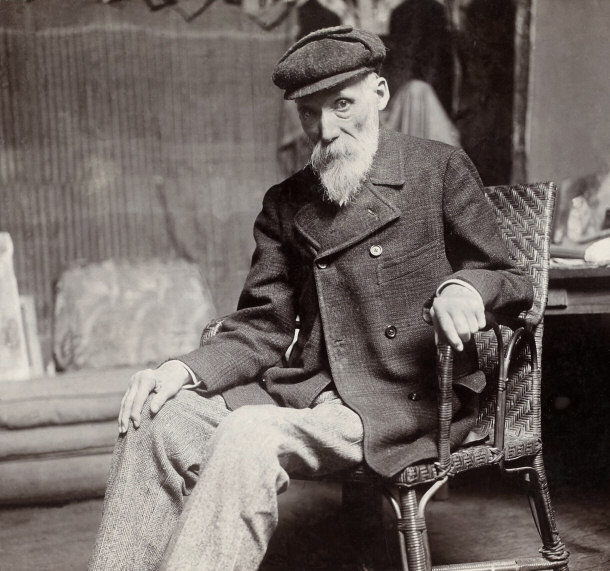
12) Bridesmaids Were Thought to Be Cursed
Being a bridesmaid is fine once or twice, but assume the position three times
and you’re destined to be single for a while. During the 16th century, it was
believed that a woman who was a bridesmaid three times could not attract a man.
She could only break the spell if she was a bridesmaid in seven weddings.
Happily, at that point, the next wedding she attended would be her own.
Bridesmaids Cast Shot:
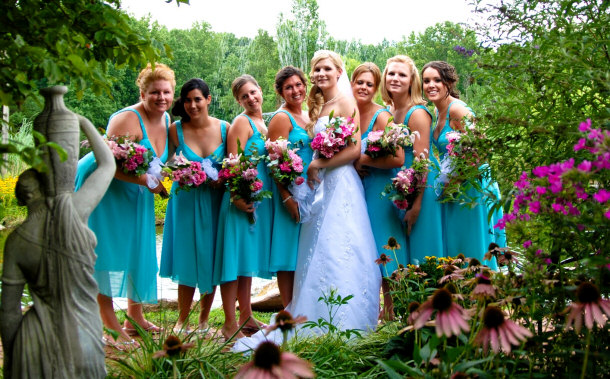
11) Asian Women Shaved Their Eyebrows When They Got Married
In Asia, eyebrows were once regarded as incredibly attractive. Because of
this feature, women, whose marriages were arranged, had to shave off the
alluring trait. The act signified that the woman was no longer available as it
was thought to render her unattractive to men.

10) Unmarried Fijian Males Can’t Get into Heaven
In the Fijian culture, it is believed that the god, Nangganangga, watches
over married couples. According to legend, the god will not allow a bachelor
into the afterlife. Any male who dies before getting married then will be denied
access into heaven. Not only that, his spirit will be turned into ash.
Fiji Mountain Warrior from the 1870s:
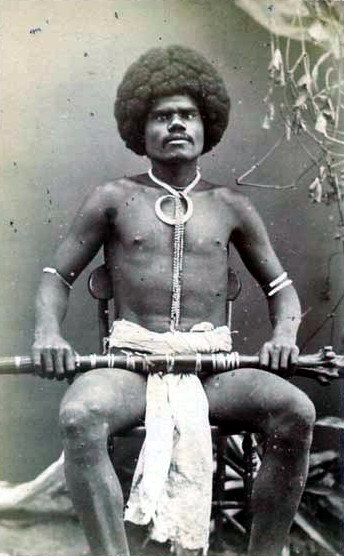
9) A Bunch of Herbs Led to The Modern Day Bouquet
In Ancient Rome, it was common for brides to carry a bunch of herbs, like
rosemary and garlic, as they made their way down the aisle. The practice served
a double purpose. It not only symbolized a bride’s fidelity, it also detracted
any demons that may be hovering in the vicinity. The herbal bouquet is what led
to the tradition of carrying flowers during the wedding ceremony.
Bouquet of Roses:

By Jebulon
via Wikimedia Commons
8) Ancient Egyptians Created the Wedding Ring
The idea of the ring finger dates back to the Ancient Egyptians, who believed
that the vein in the finger ran directly to a person’s heart. The Ancient Romans
also believed the finger was the suitable digit in which to place a wedding
ring. Romans referred to the vein in the finger as the “vein of love.”

By
Jyothis via Wikimedia Commons
7) Veils Were Originally A Form of Protection
Traditionally, the veil in a wedding ceremony represented a bride’s
virginity. It was also donned to ward off evil spirits and to keep the bride
protected from the “Evil Eye.” In ancient Greece, veils were blue, red or
yellow. The traditional white veil of today came about during the Victorian era,
and was a symbol modesty and purity. Wearing the adornment also signified that
the bride came from a wealthy background.

By Ícaro Moreno Ramos
via Wikimedia Commons
6) Almost Every Culture Throws Food at Weddings
Almost every culture throughout the world affectionately throws food at a
couple after the wedding ceremony. The gesture is meant to wish the bride and
groom a prosperous and happy life. Traditionally, Sicilians toss salt and wheat
bread, the French fling wheat, Bulgarians pitch figs, and the English throw
pieces of cake. Until recently, rice was commonly thrown during wedding
ceremonies in the U.S. However, nowadays, many churches urge people not to throw
rice as it can be harmful to any birds that may consume the grain. The tradition
of throwing food dates as far back as ancient Greece when guests would toss
dates, nuts and seeds.
Greek Wedding with Guests Throwing Rice:
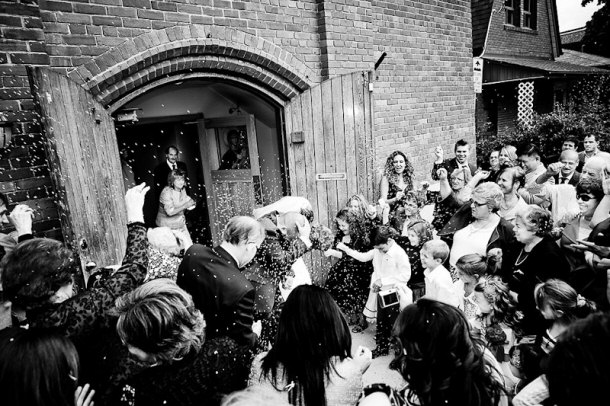
By Dmitri
Markinevia Wikimedia Commons
5) Brides Throw Bouquets to Stop People from Tearing Their Dress
In ancient times, guests often tore pieces from the bride’s gown for good
luck. Because of the practice, the bride started throwing her bouquet to members
of her bridal party instead. The bride’s garter is also thrown by the groom for
the same reason.
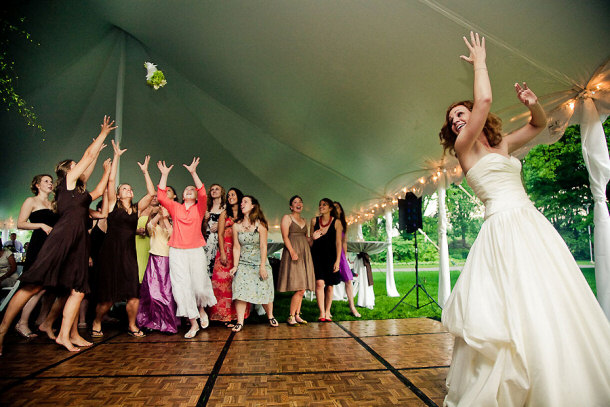
4) The Word “Bride” Originates from The Word “Cook”
While the current-day meaning of the word “bride” is considered a positive
description of a woman who is getting married, the origin of the word is
somewhat different as it comes from the word, “cook.” The origins of the word
“groom” relates to another old English word, which means “male child.”
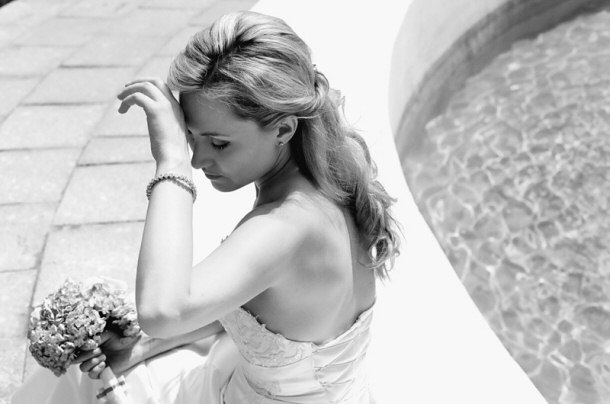
By katya_alagich
via Wikimedia Commons
3) Pope Innocent III Is Responsible for Engagement Rings
When Pope Innocent III (1160 to 1216 AD) declared that couples should wait
for a period before officially getting married, the idea of the engagement was
born, and so was the tradition of wearing an engagement ring along with a
wedding band.
Pope Innocent III:

2) The Church Originally Had Nothing To Do with Marriage
Up until the mid-sixteenth century, most couples who got married simply threw
a celebration and announced that they were husband and wife. However, in 1564,
the custom was denounced by the Council of Trent. At that time, members of the
synod declared that marriage was sacred and could only be performed by priests
in the church.
Pope Paul III - Convener of the Council of Trent:

1) The Origin of The “Here Comes the Bride” Song Involves Mass Murder
The “Bridal Chorus” is a piece of music that is included the opera, “Lohengrin,”
written in the 1800s by German composer, Richard Wagner. In the Western culture,
the music is commonly referred to as the “Wedding March” or “Here Comes the
Bride,” and is played when a bride walks down the aisle. Although the song is
considered celebratory, if not romantic, the music, when played in the opera,
comes right before a series of murders are committed.
Richard Wagner:

The opera, which also features some paganistic content, does not lend to the
oft-thought celebratory nature of the song. In fact, some churches, who know the
melody’s history, will not allow couples to use the composition during the
wedding ceremony. Wagner, the composer, was also a passionate Nazi, which also
makes the song seem rather inappropriate for a wedding ceremony.
Conclusion
It’s certainly ironic that so many of today’s wedding traditions come from
some unlikely or curious origins. Regardless of superstition or history though,
the marriage ceremony is nonetheless a joyous event, even if past traditions or
customs seem to contradict that fact. Fortunately, we can enjoy the traditions
today without any adverse effect.
Weddings
15 Unusual Wedding Rituals
25 Strange Facts About Wedding Traditions
|